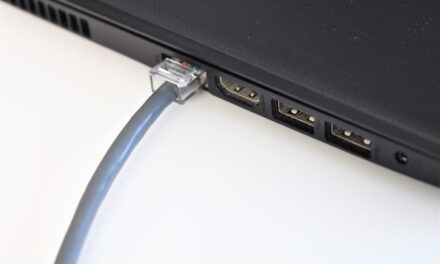
By SDCN Staff
San Francisco, CA–The California Public Utilities Commission (CPUC) Thursday continued its work to help ensure California meets its ambitious climate and electric vehicle (EV) goals by adopting a five-year, statewide, $1 billion transportation electrification program, a groundbreaking investment.
The decision provides a unified policy-driven funding structure for utility transportation electrification efforts through 2030 and prioritizes investments in charging infrastructure for low-income, tribal, and underserved utility customers.
“California is leading the world in the zero-emission vehicle revolution, and this $1 billion investment will continue building out the state’s charging infrastructure to make the transition to electric vehicles easier than ever,” Governor Gavin Newsom said. “This complements the $10 billion package we enacted to build out the infrastructure and make it more affordable for Californians to make their own transition to electric vehicles, part of our overall $54 billion California Climate Commitment. These collective efforts are exactly how we will make our zero-emission transportation future a reality, cutting pollution and driving economic opportunity for Californians.”
About 70 percent of the funds will go towards charging for medium-and heavy-duty vehicles, which are responsible for a disproportionate share of greenhouse gas (GHG) emissions and other air pollutants from the transportation sector, and 30 percent will go towards light-duty charging at or near multi-unit dwellings. The program offers rebates for customer-side (“behind-the-meter”) EV infrastructure investments at commercial, industrial, and residential sites beginning in 2025 and provides higher rebates for projects in underserved, disadvantaged, and tribal communities to ensure charging infrastructure reaches these hard-to-reach communities.
“Electric vehicles are central to California’s climate goals and clean energy future,” said Commissioner Clifford Rechtschaffen, who is assigned to the proceeding. “Our decision advances the state’s climate goals by creating a new, streamlined program for utility funding of EV charging infrastructure. The decision has a very strong focus on equity and directs utilities to help customers connect to the grid and manage their energy use.”
“With today’s action, we took an important step towards meeting our climate goals,” said CPUC President Alice Reynolds. “California has stated its commitment to a carbon-free future and we are making good on our commitment.”
To ensure the program continues to meet policy goals and meets equity targets, the decision directs the investor-owned utilities to host annual roundtables and workshops to discuss potential program modifications with stakeholders and CPUC staff. The action resolves the transportation policy framework that has been in development since 2020. The decision also furthers the integration of EVs as an energy resource that can help meet the needs of the grid by developing a strategy for promoting vehicle-grid integration.
The CPUC is undertaking multiple efforts to promote EV adoption and infrastructure, including adopting rules to ensure that customers installing EV chargers do not have to wait unreasonable times to interconnect to the grid. In the proceeding to modernize the electric grid for a highly distributed energy resources future, the CPUC is overseeing the investor-owned utilities’ plans to upgrade the distribution grid to meet the new load EV charging will create. Additionally, the CPUC’s Integrated Resource Planning (IRP) proceeding, which ensures sufficient electric generation and transmission capacity to meet reliability and GHG reduction goals, is planning for increasingly high penetrations of electric vehicles to guide procurement and infrastructure decisions.
The decision is the latest in a series of actions that the CPUC has taken to help the state meet its goal of all new cars being zero-emission vehicles by 2035. In August, the CPUC helped accelerate the growth of EVs by allowing EV drivers, owners of fleets of electric buses and trucks, and other customers to use submetering and avoid installing an expensive additional meter for measuring the electricity used by charging their EVs.



